We put the MSI Summit E16 Flip Evo (2023) through our rigorous DXOMARK Laptop test suite to measure its performance both at sound, camera and display.
In this review, we will break down how it fared in a variety of tests and several common use cases.
Overview
Key specifications include (as given by the manufacturer):
- Physical specs : 358 x 258.55 x 16.85 mm
- Display : 16”, 1920×1200, 165Hz, IPS
- Webcam : FHD 1080p IR
Scoring
Use-case and feature subscores included in the calculations of the global score
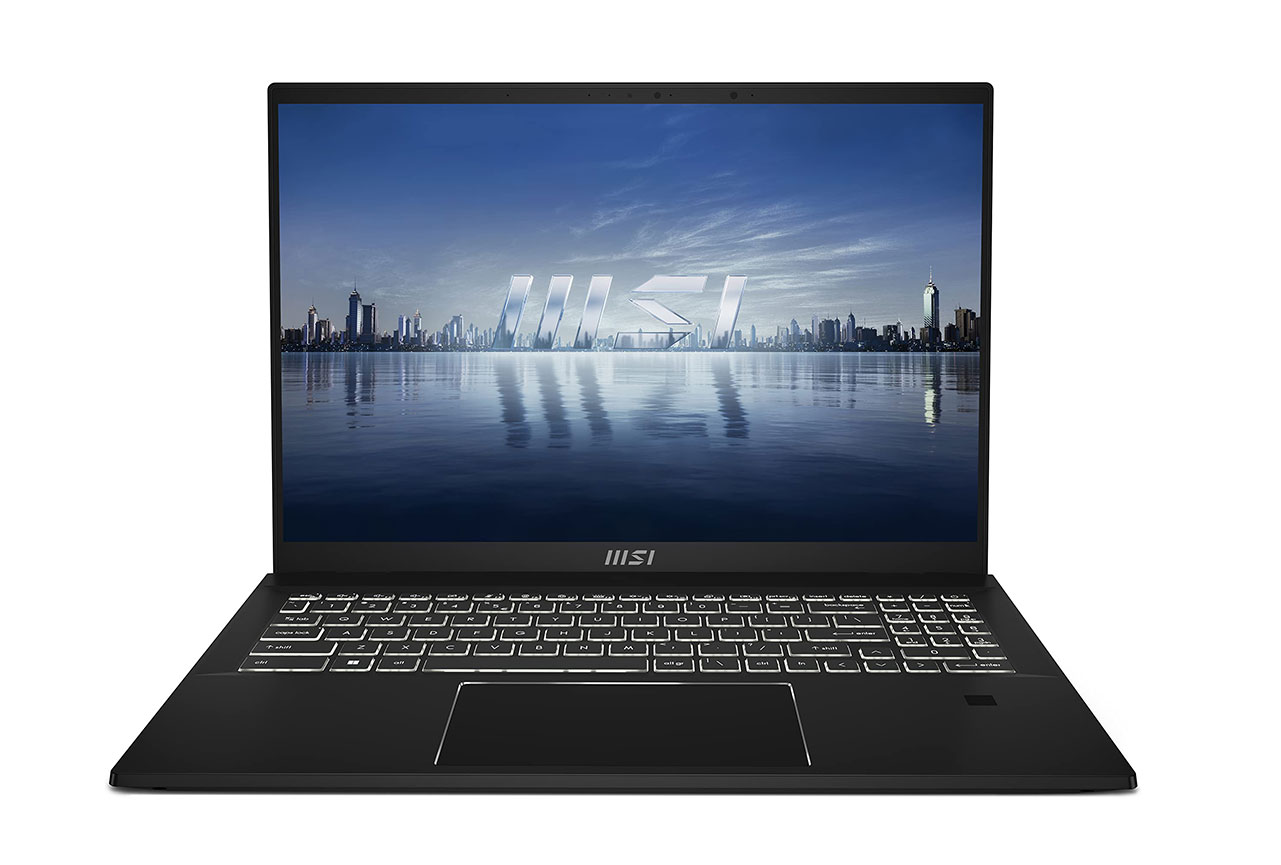
MSI Summit E16 Flip Evo (2023)


Pros
- Accurate target exposure in video call
- Good voice intelligibility for both playback and capture in most simple scenarios
- Good SDR video performance woth good contrast and faithful colors
Cons
- In video call, visible color cast on camera in most tested conditions
- In video call, camera showing a low texture / noise tradeoff in all conditions
- Flaws in duplex audio while in video call, with issues in gating and filtering
- Lack of front facing directivity causing voices outside of the standard field to be captured as loud as the main voice
- No HDR panel
- Below average maximum brightness and high reflectance level, impacting drastically readability in bright conditions
- Strong compression and pumping at loud and medium volumes
The MSI Summit E16 Flip Evo (2023) laptop came in below average overall and in both tested use cases, with the display as its best feature. Although audio and camera performances were very limited for a device at its price, users can nonetheless benefit from intelligible voice calls.
Test summary
About DXOMARK Laptop tests: For scoring and analysis in our laptop reviews, DXOMARK engineers perform a variety of objective tests and undertake more than 20 hours of perceptual evaluations under controlled lab conditions and real-life scenarios.
(For more details about the Laptop protocol, click here.)
The following section gathers key elements of our exhaustive tests and analyses performed in DXOMARK laboratories. Detailed performance evaluations under the form of reports are available upon request. Do not hesitate to contact us.
Video Call
MSI Summit E16 Flip Evo (2023)
144
DXOMARK's Video call use case is a score that evaluates how a device handles video calls and videoconferencing in multiple conditions. This score focuses on the camera performance and the capture and playback rendering of voices. Read more about how we test the use cases of Video call score here.
Although MSI’s laptop camera had accurate target exposure, a color cast was visible in most tested conditions, which also affected its low-light performance. The texture/noise tradeoff was below average. Voice intelligibility was good for both capture and playback in most simple scenarios, with good noise reduction, clear midranges and trebles, and sharp plosives. However, the device did not handle duplex situations correctly, with gating and noticeable filtering reducing voice intelligibility. Moreover, the laptop does not feature front-facing directivity, which made voices captured outside the field of view as loud as voices within the field of view.
Camera
MSI Summit E16 Flip Evo (2023)
135
The following chart presents the camera subscores for the video call use case:
The following graphs show the objective measurements performed in our camera labs:
Audio
MSI Summit E16 Flip Evo (2023)
144
The following chart presents the capture subscores for the video call use case:
The following graphs show the frequency response, distortion and directivity in capture, recorded in our semi-anechoic room:
Music & Video
MSI Summit E16 Flip Evo (2023)
154
DXOMARK's Video and Music use case score evaluates the capability of a device to reproduce multimedia usages such as videos, movies and music playback in indoor conditions. This score focuses on the display performance and audio-playback rendering. Read more about how we test this use case here.
The Summit E16’s SDR performance was generally good, with satisfactory coverage of the BT-709 color space and good EOTF that resulted in good contrast and faithful colors. At <300 nits, the device’s maximum brightness was below average and reflectance was quite high, reducing readability in bright conditions. Multimedia performance in audio was disappointing. The device’s aggressive tonal balance, lack of bass and bass precision, low midrange power, and dull attack made the laptop unsuitable for enjoying music and movies using the integrated speakers. In addition, our testers noted strong compression and pumping not just at loud volumes, but also at medium volumes.
Display
MSI Summit E16 Flip Evo (2023)
156
The following chart presents the display subscores for the multimedia use case:
The following graphs show the objective measurements performed in our display lab:
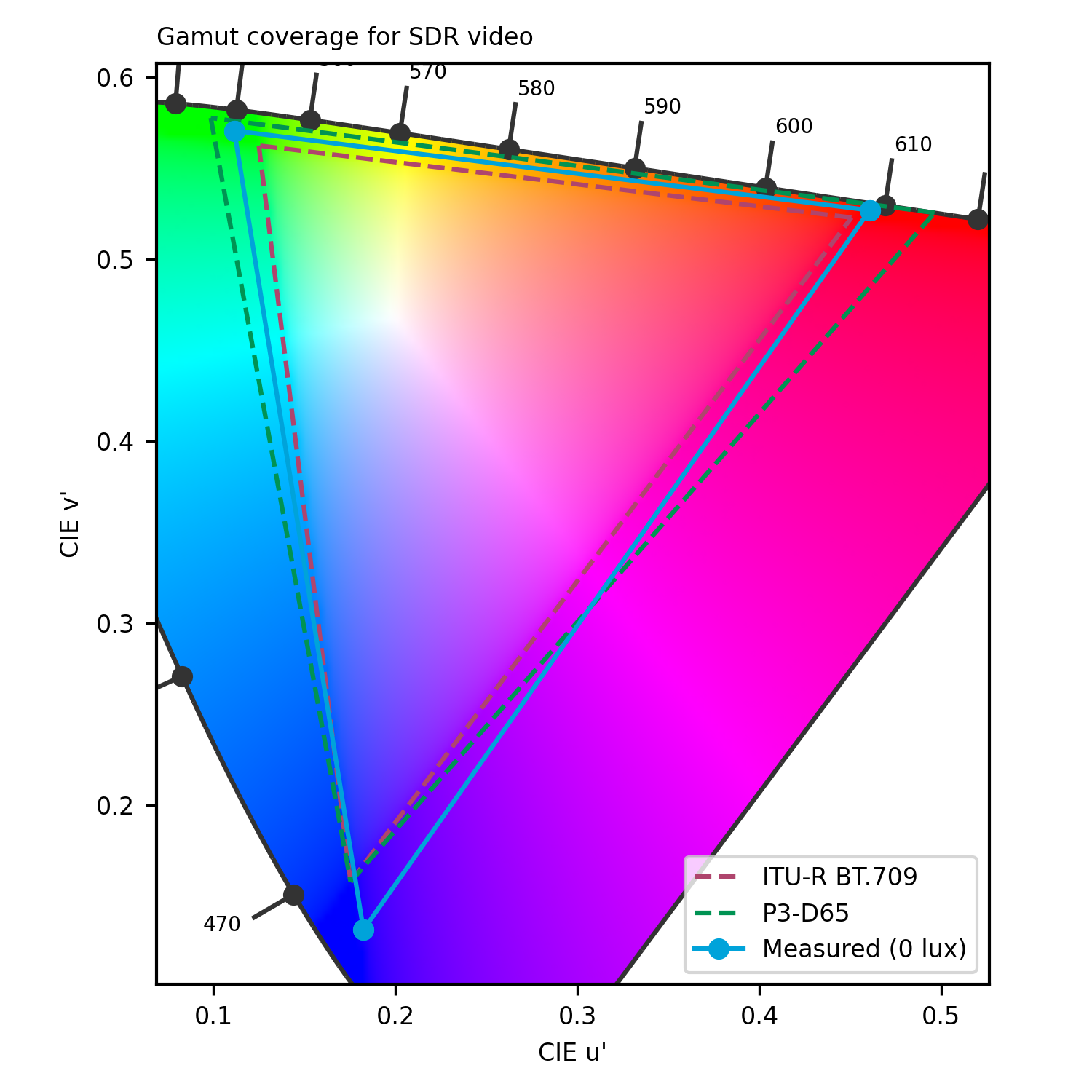
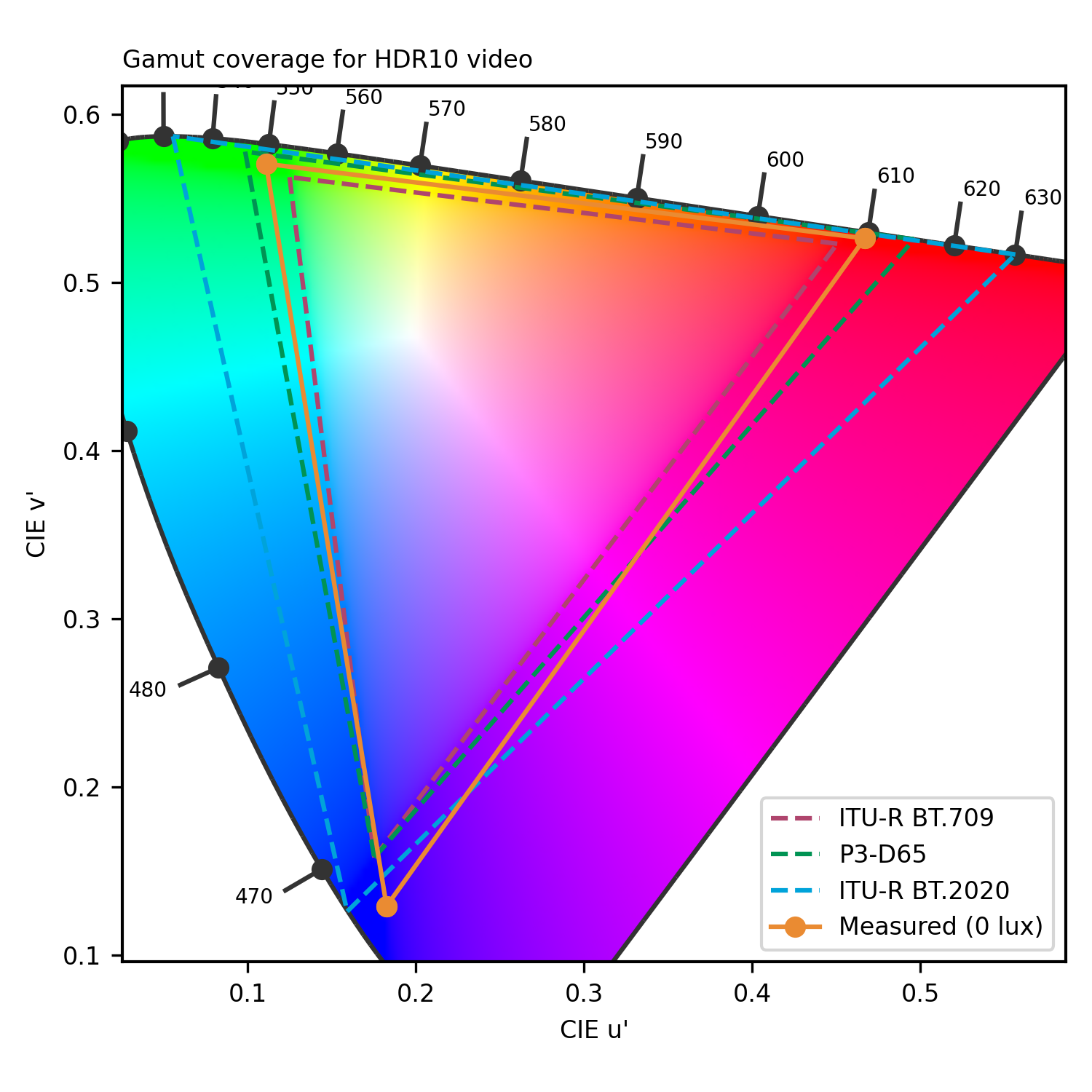
cd/m²
cd/m²
cd/m²
cd/m²
cd/m²
cd/m²
cd/m²
cd/m²
cd/m²
 Distribution of brightness (min)
Distribution of brightness (min)
cd/m²
cd/m²
cd/m²
cd/m²
cd/m²
cd/m²
cd/m²
cd/m²
cd/m²
 Distribution of brightness (max)
Distribution of brightness (max)
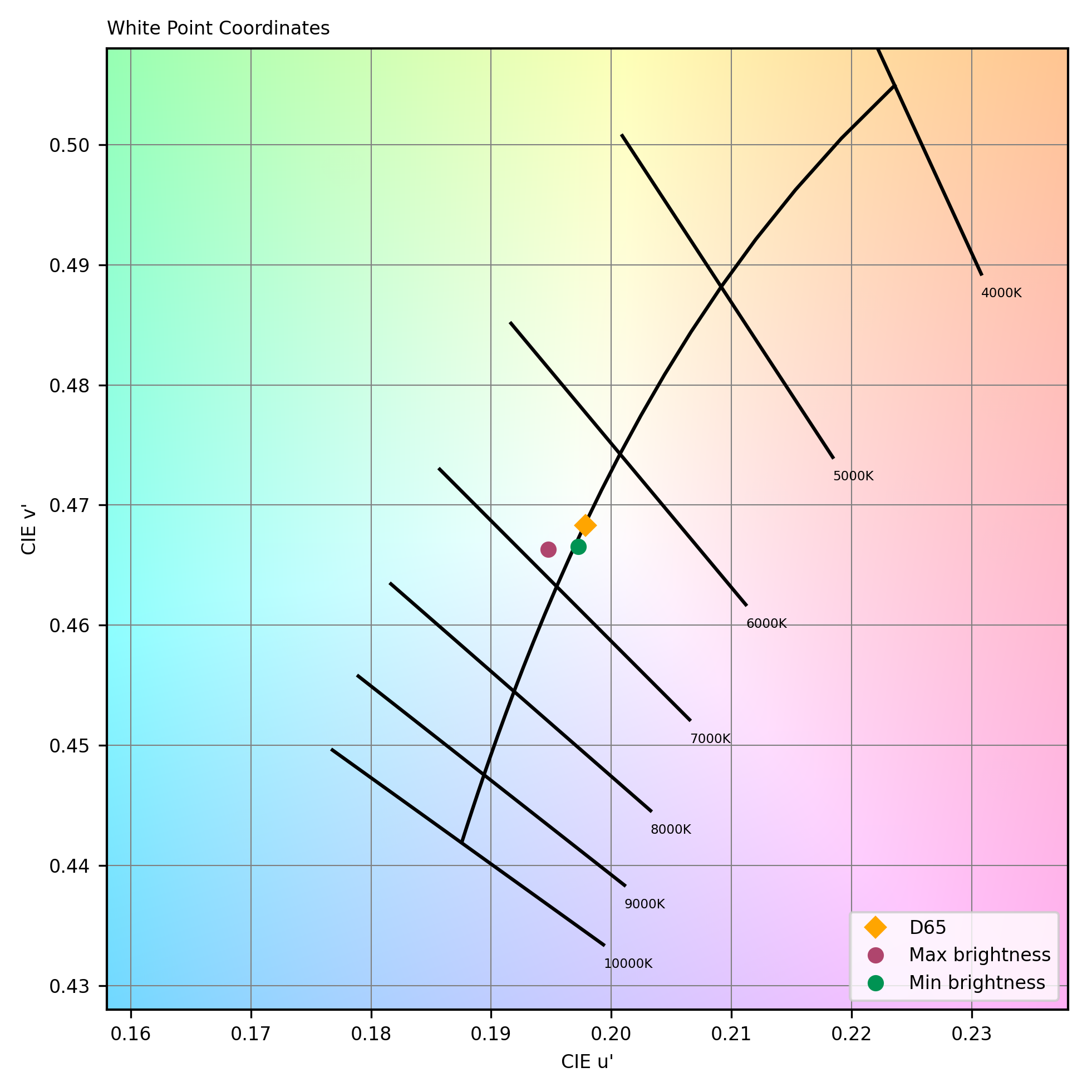
Audio
MSI Summit E16 Flip Evo (2023)
152
The following chart presents the playback for the multimedia use case:
The following graphs show the frequency response, distortion and directivity in multimedia playback, recorded in our semi-anechoic room:


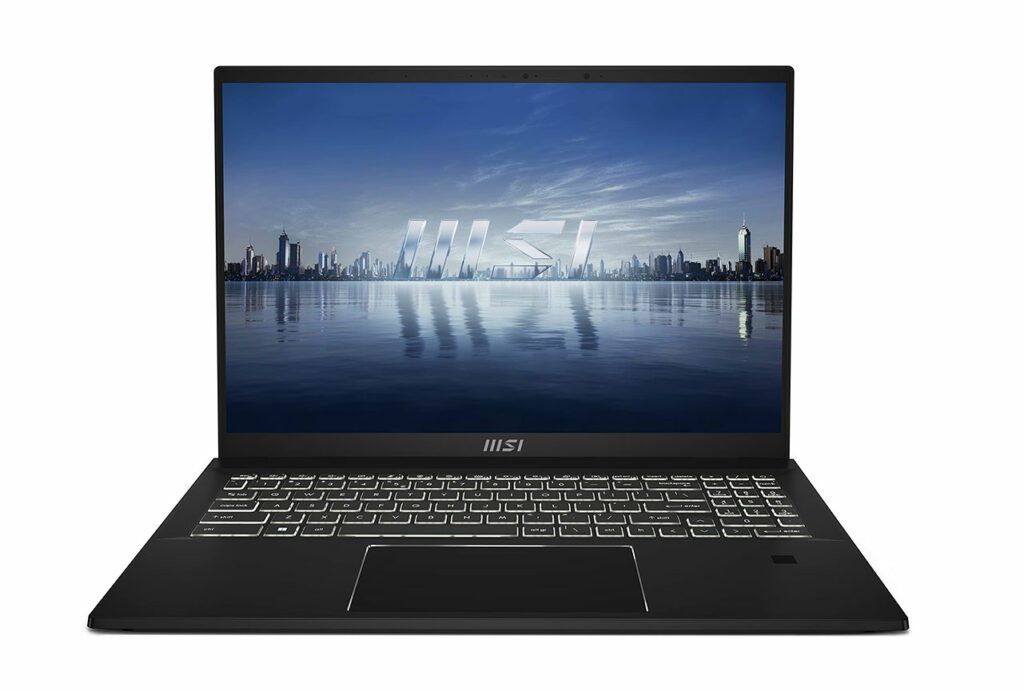
DXOMARK encourages its readers to share comments on the articles. To read or post comments, Disqus cookies are required. Change your Cookies Preferences and read more about our Comment Policy.